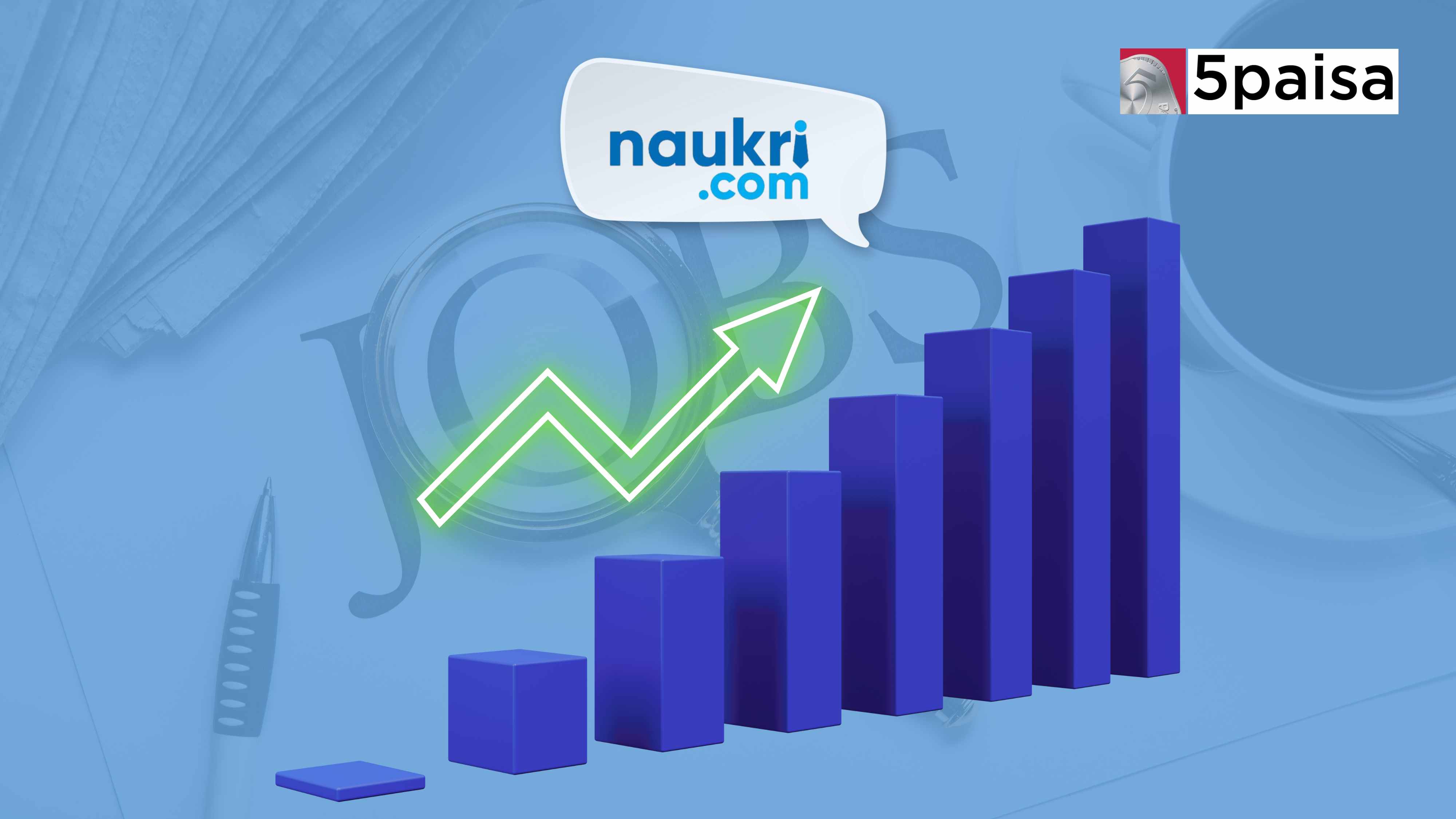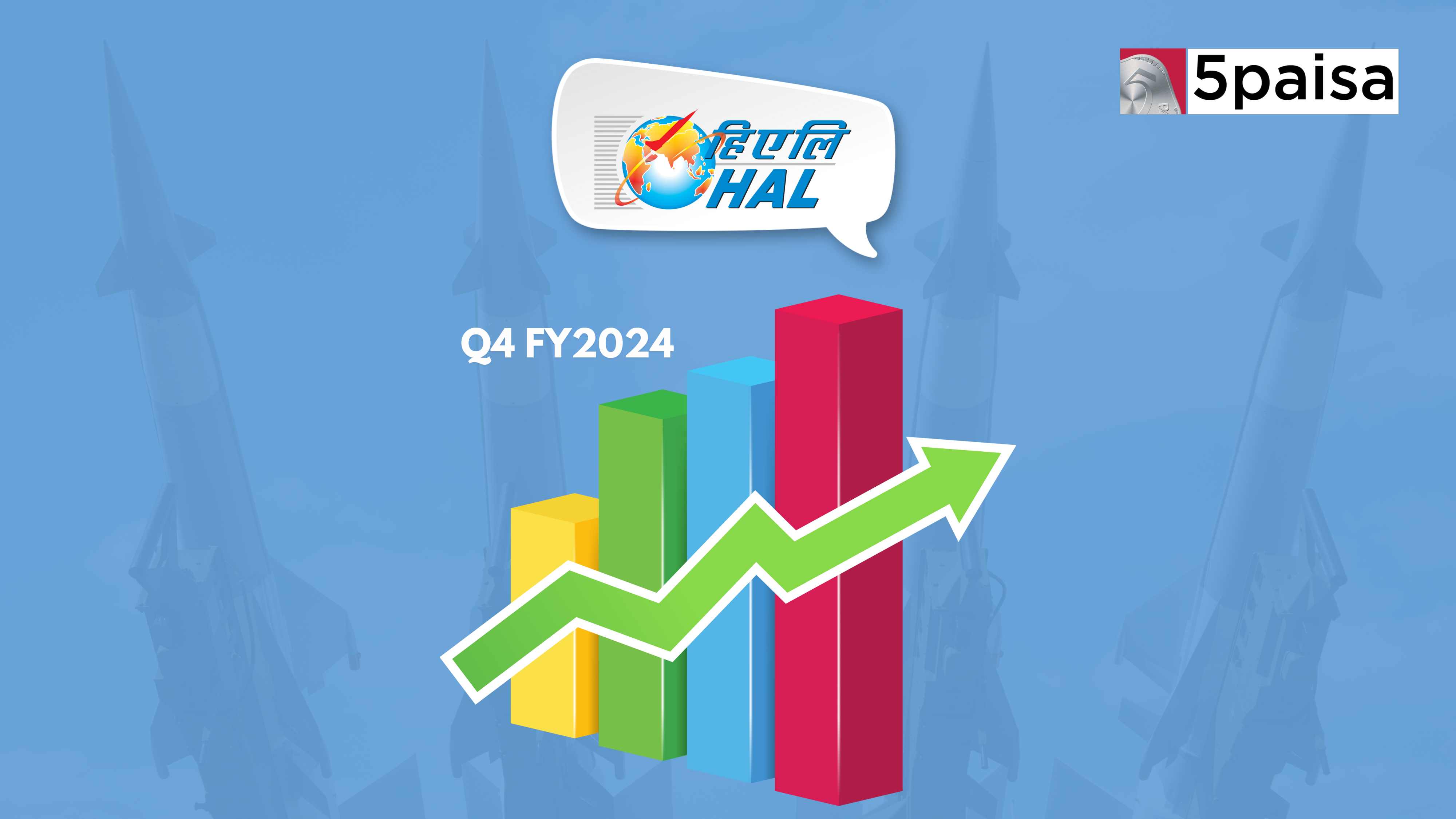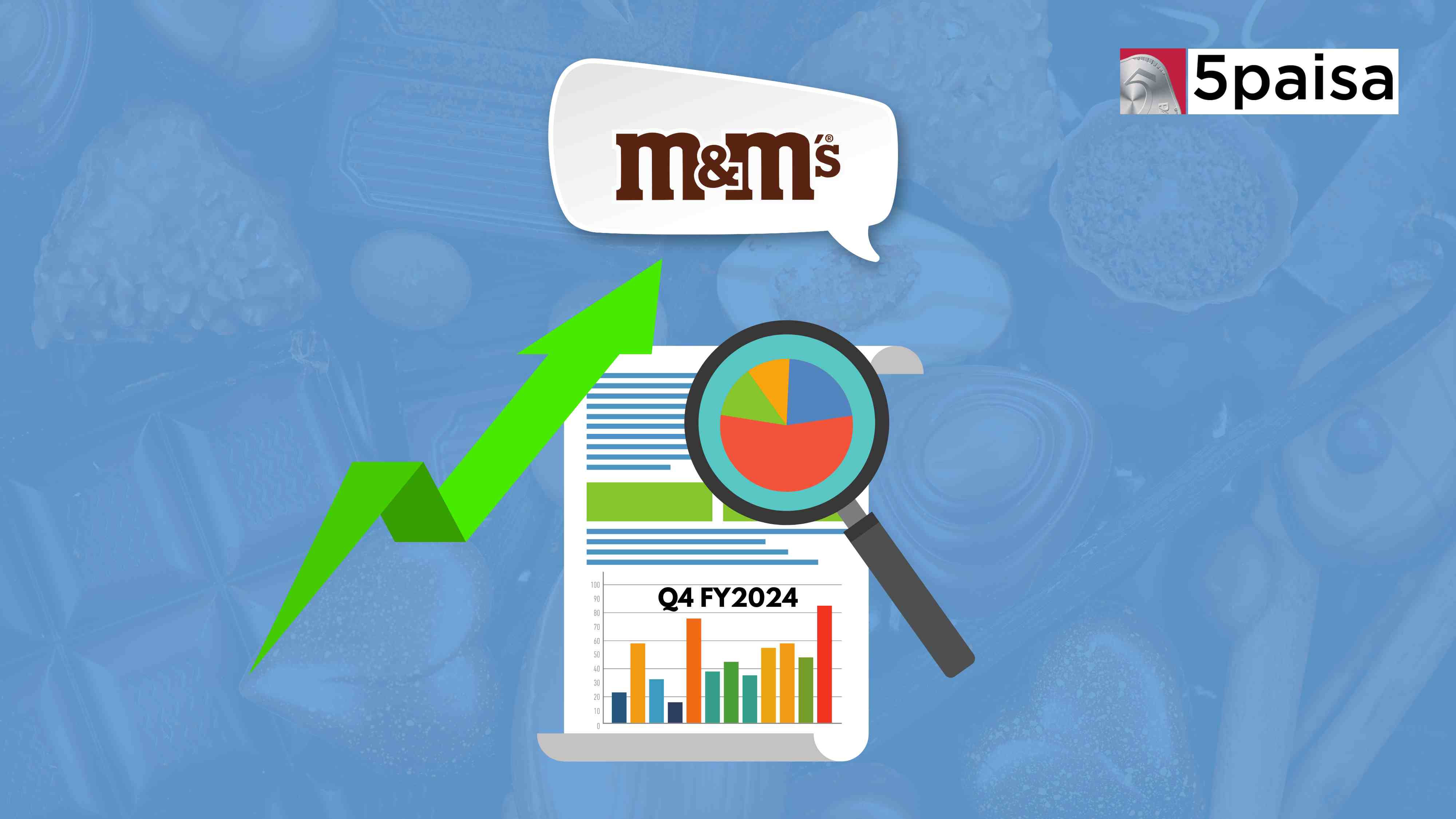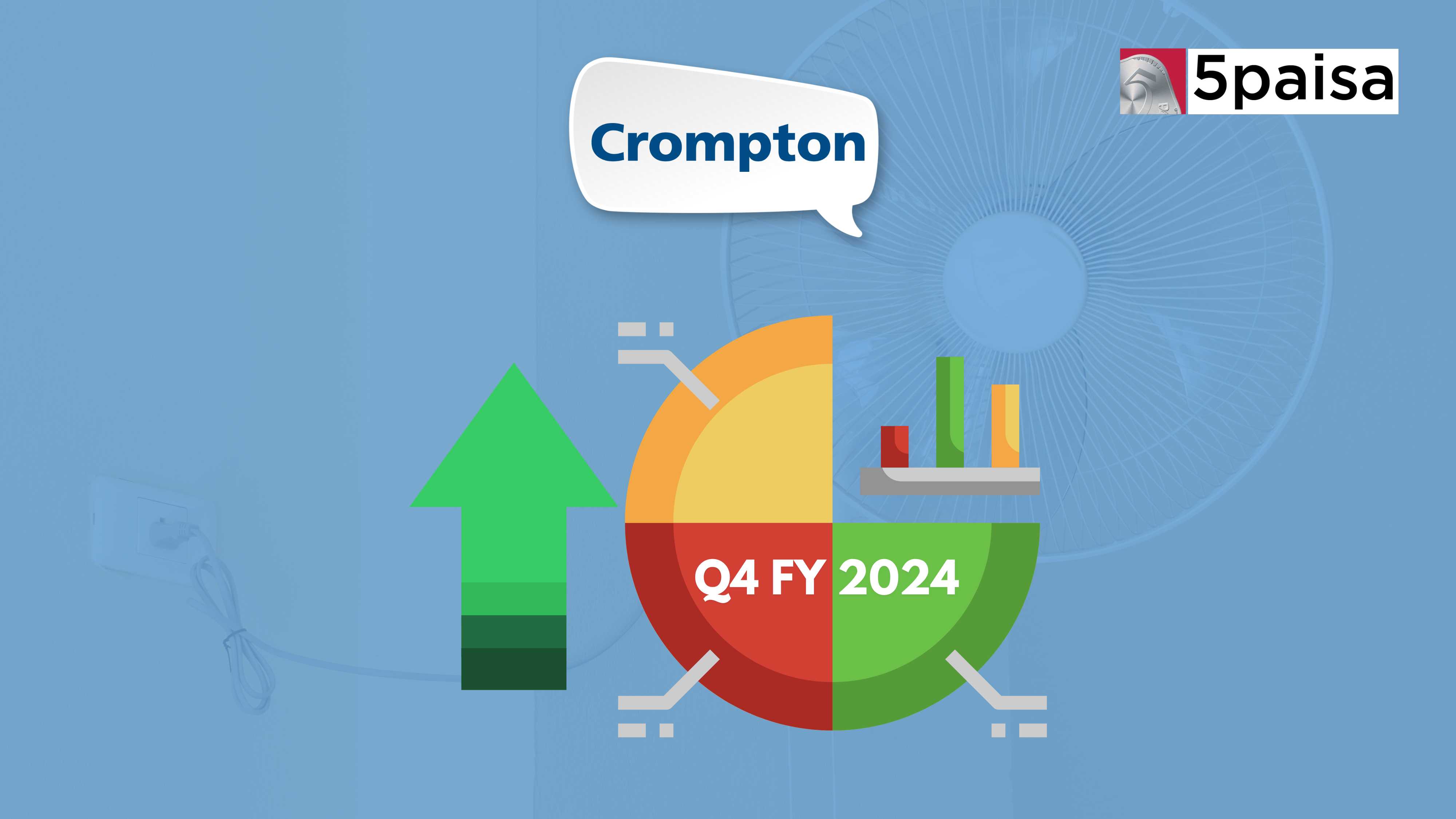Nifty indices for FY23 on returns, risk, correlation, and valuations

The index dash board is an interesting document published by the NSE at the end of each month giving deep insights into various indices and sectoral indices. These analytics not only cover the returns on the indices over various time frames, but also cover other analytics like volatility risk, correlations, and valuations. Here is a sneak peak at the Index story across various parameters for the period ended March 2023.
How the generic indices fared as of March 2023?
When we talk about the generic indices, we are obviously referring to the market cap based indices like the large caps, mid-caps, and the small caps along with the various permutations and combinations. Here are some of the major takeaways.
-
Let us start with one year returns on the generic indices. Out of the 17 generic indices on the NSE, 11 indices gave negative returns and only 6 indices gave positive returns. Interestingly, the Nifty 50 was on the positive side with marginally positive returns of 0.59%. The best returns in the last one year were given by the Nifty Mid-cap 50 index at 4.49% while the worst performer was the Nifty Small Cap 50 index at -13.82%.
-
Let us move to the 3 year and 5 year returns on these generic indices. Interestingly, on both these longer term counts, all the generic indices have given positive returns. In terms of 3 year returns, the best returns of 58.36% came from the Nifty Microcap 250 index and the lowest returns came from Nifty Next 50 at 22.44%. These are CAGR returns. Over a 5 year period, the top performer was the Nifty 50 with 12.75% CAGR returns while the bottom performer was the Nifty Small Cap 50 with just 1.55% returns.
-
Let us now move to the risk factors. Nifty Small Cap 50 had the highest volatility of 19.91% one-year volatility while the Nifty 500 had the lowest 1-year volatility at 14.66%. Correlations are measured with the Nifty 50. The small cap and the micro-cap indices had Nifty correlation of less than 0.70 making them ideal candidates for diversification of risk.
-
Finally, let us look at the generic indices from a valuation perspective. We start with the very famous P/E ratio comparison across the generic indices. The Nifty Mid-cap select had the highest P/E ratio at 31.59X while the Nifty Small Cap 100 had the lowest P/E ratio of just 16.17X. The benchmark Nifty 50 had a P/E ratio of 20.44, which is much lower than its long period average. In terms of Price to Book (P/BV), the Nifty 50 tops the list with 4.05X price to book while the Nifty Mid-cap 50 had the lowest P/BV ratio of just 2.34X. One more way to look at valuations is through the lens of dividend yield (dividend per share / CMP). Higher dividend yield indices are under-priced and lower dividend yield indices are overpriced. By that measure, the Nifty Small Cap 50 had the best dividend yield of 2.28% while the Nifty Mid-cap Select Index had the lowest dividend yield of just 0.85%.
That, in a nutshell is the story of the generic indices. Let us now move to the sectoral indices on the NSE indices.
How the generic sectoral fared as of March 2023?
When we talk about sectoral indices, we are obviously referring to the sectoral indices of various industry groups like banks, metals, IT, FMCG etc. There is a slight variation of the sector indices, which is the thematic indices, but we do not get into that as these groupings are too heterogenous. Here are some of the major takeaways.
-
Let us start with one year returns on the various sectoral indices. Out of the 19 sectoral indices on the NSE, 11 indices gave negative returns and only 8 indices gave positive returns. During this period, the benchmark Nifty 50 was on the positive side with marginally positive returns of 0.59%. The best returns in the last one year were given by the FMCG index at 29.08% while the worst performer was the Nifty IT index at -19.26%. Sectorally, media has given -28.04%, but the sector is too small and too dependent on Zee Entertainment, which is why we have dropped that sector as an outlier.
-
Let us move to the 3 year and 5 year returns on these sectoral indices. Interestingly, on a 3 year basis, all the sectoral indices have given positive returns; which could be due to the corresponding low COVID effect. In terms of 5 year returns, only 2 indices viz. media and mid-cap financial services gave negative returns. In terms of 3 year returns, the best returns of 56.42% came from the Nifty Mid-small IT & Telecom followed closely by Metals index at 54.37%. The lowest returns came from Nifty Media at 18.53%. These are CAGR returns. Over a 5 year period, the top performer was the IT Index (believe it or not) with 20.48% CAGR returns while the bottom performer was the Media sector giving -11.55% negative returns.
-
Let us now move to the risk factors. PSU Bank index had the highest volatility of 30.13% one-year volatility while the FMCG Index had the lowest 1-year volatility at 14.30%. Correlations are measured with the Nifty 50. The Pharma and Healthcare indices had a correlation of less than 0.60 with the Nifty making them ideal candidates for diversification of portfolios. Metals and FMCG were also under 0.70. Banks and financial services had the highest correlation of close to 90%.
-
Finally, let us look at the sectoral indices from a valuation perspective. We start with the very famous P/E ratio comparison across the generic indices. The Nifty Consumer Durables Index had the highest P/E ratio at 56.93X while the Nifty PSU Banking Index had the lowest P/E ratio of just 8.47X. The benchmark Nifty 50 has a P/E ratio of 20.44, which is much lower than its long period average. In terms of Price to Book (P/BV), the Nifty FMCG Index tops the list with 10.94X price to book while the Nifty Oil & Gas had the lowest P/BV ratio of just 1.67X. One more way to look at valuations is through the lens of dividend yield (dividend per share / CMP). Higher dividend yield indices are under-priced and lower dividend yield indices are overpriced. By that measure, the Nifty Metals Index had the best dividend yield of 4.95% while the Nifty Consumer Durables Index had the lowest dividend yield of just 0.63%.
Disclaimer: Investment/Trading in securities Market is subject to market risk, past performance is not a guarantee of future performance. The risk of loss in trading and investment in Securities markets including Equites and Derivatives can be substantial.India consu
 Tanushree Jaiswal
Tanushree Jaiswal



